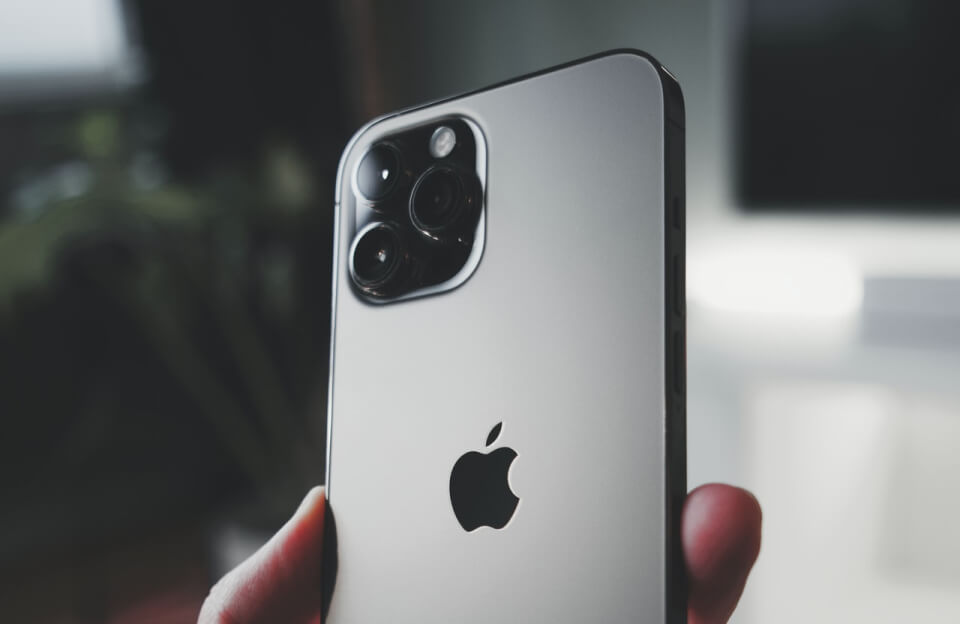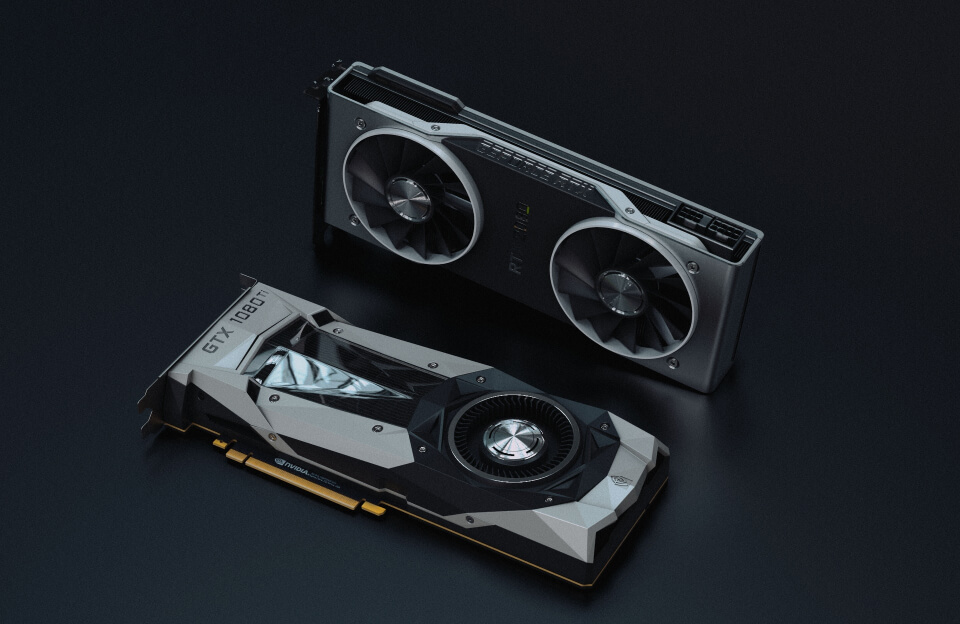Why your next phone might just be your face—and not the one in your hand
📱 The Phone That Fades Into the Background
You might spend $1,200 on the latest iPhone—blinged out with foldable screens, titanium hinges, AI chat assistants, next-gen Neural Processing Units. But is it even the future? Trends from arms races in smartphone upgrades suggest phones are becoming boring—their design reaching natural limits nanobits.beehiiv.com+8The Verge+8Inc.com+8.
Meanwhile, walking billboards like Motorola’s AI‑powered Razr or Nothing’s Glyph-lit Phone (3) do seem dazzling—but only keep smartphones interesting a little longer News.com.au.
Yet the real leap isn’t a cooler phone—it’s phasing the phone out entirely.
🕶️ AR, AI & Wearables: The Quiet Disruption
Major manufacturers—Samsung, Meta, Google—are building a new layer above your phone:
- AR glasses and rings acting as ambient assistants, pushing alerts to your field of vision or lyrical whispers to your palm The Scottish SunVogue Business+6The Verge+6BIMA+6.
- Samsung’s Galaxy Watch 8 and AI rings already track health metrics, guide workouts, and chat with you—even while your phone stays tucked away .
- AI “pins” like Humane Pin or Pendant alias not just append but replace your phone screen, projecting, summarizing, and listening—touchless and always on The Guardian+2Vogue Business+2Business Insider+2.
This shift hints at phones as central hubs only, soon overshadowed by smarter, skin-integrated tech.
🔬 Body as Your Next Phone
The real future? The human body: wearable + implantable + ambient intelligence. Think:
- AI rings that monitor health in real-time, even conversational cognition help Inc.comnanobits.beehiiv.com.
- Neural chips in the brain or skin/palm gestural input replacing touchscreens, as Meta’s CTO hinted with AI glasses and wristbands axios.com+15The Verge+15The Guardian+15.
- On-device AI processing everything you need—no cloud, no lag, even in remote locations LinkedIn+1Andrew Bolwell+1.
Soon your body becomes the interface. Your phone? Just a backup.
🏗️ Who’s Building the Future?
- Apple & Meta invest in AR glasses based on Qualcomm’s NPU chips The Verge+1BIMA+1.
- Samsung connects watches, rings, and home devices in a smart ecosystem Reddit+2Marie Claire+2MarketsandMarkets+2.
- Humane, AI Pin, Nothing, Motorola Razr AI push wearables into fashion statements and daily AI companions .
Governments and carriers deploying 5G/6G infrastructure are readying sky-ground networks for skygauge communication among wearables—a step toward tech that lives on you, not in your pocket.
🌈 What This Means for Consumers
Pros
- Hands-free, always-listening AI assistants.
- Seamless integration: health, work, travel—without a screen.
- Potential cost savings—since dirt-cheap pins can replace expensive phones.
Cons
- Privacy risks skyrocket—your glasses, ring, or chip can see and know everything.
- Dependency on expensive ecosystems—can you bail when it’s time?
🔄 Your Body: The Next Device
Future scenario:
- iPhone 17 sits in the drawer.
- You wear AI glasses that read context.
- AI Pin translates on the fly.
- Health AI ring warns you before illness hits.
- Neural chip enables memory recall and ambient AR—no hardware visible.
Reality? Not sci-fi—but ordered evolution via AI, wearables, implants, and smart networks.
🧭 The Takeaway
Spending $1,200 on a phone? Maybe the real investment is in your augmented self—not the tech you carry, but the tech you wear, think through, feel through.
Phones won’t die overnight. But their era is ending. The next revolution lives on your skin, in your brain, and extends beyond your pocket.
In a few years, the question won’t be “Which phone?” but “Which part of you is your interface?”
Future of mobile tech & AI wearables
Why Mark Zuckerberg thinks AR glasses will replace your phone
What happens when AI devices become fashion statements?

Sources



